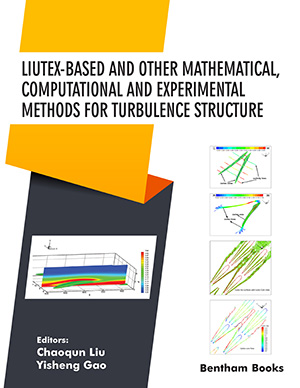Abstract
SHS investigation development is considered from the geographical and historical viewpoint. 3 stages are described. Within Stage 1 the work was carried out in the Department of the Institute of Chemical Physics in Chernogolovka where the scientific discovery had been made. At Stage 2 the interest to SHS arose in different cities and towns of the former USSR. Within Stage 3 SHS entered the international scene. Now SHS processes and products are being studied in more than 50 countries.
Abstract
Turbulence is still an unsolved scientific problem, which has been regarded as “the most important unsolved problem of classical physics”. Liu proposed a new mechanism about turbulence generation and sustenance after decades of research on turbulence and transition. One of them is the transitional flow instability. Liu believes that inside the flow field, shear (dominant in laminar) is unstable while rotation (dominant in turbulence) is relatively stable. This inherent property of flow creates the trend that non-rotational vorticity must transfer to rotational vorticity and causes the flow transition. To verify this new idea, this chapter analyzed the linear stability on two-dimensional shear flow and quasi-rotational flow. Chebyshev collocation spectral method is applied to solve Orr–Sommerfeld equation. Several typical parallel shear flows are tested as the basic-state flows in the equation. The instability of shear flow is demonstrated by the existence of positive eigenvalues associated with disturbance modes (eigenfunctions), i.e. the growth of these linear modes. Quasi-rotation flow is considered under cylindrical coordinates. An eigenvalue perturbation equation is derived to study the stability problem with symmetric flows. Shifted Chebyshev polynomial with Gauss collocation points is used to solve the equation. To investigate the stability of vortices in flow transition, a ring-like vortex and a leg-like vortex over time from our Direct Numerical Simulation (DNS) data are tracked. The result shows that, with the development over time, both ringlike vortex and leg-like vortex become more stable as Omega becomes close to 1.
Keywords:
Shear flow, Stability analysis, Transition, Turbulence, Vortices.
Recommended Chapters
We recommend

Authors:Bentham Science Books






